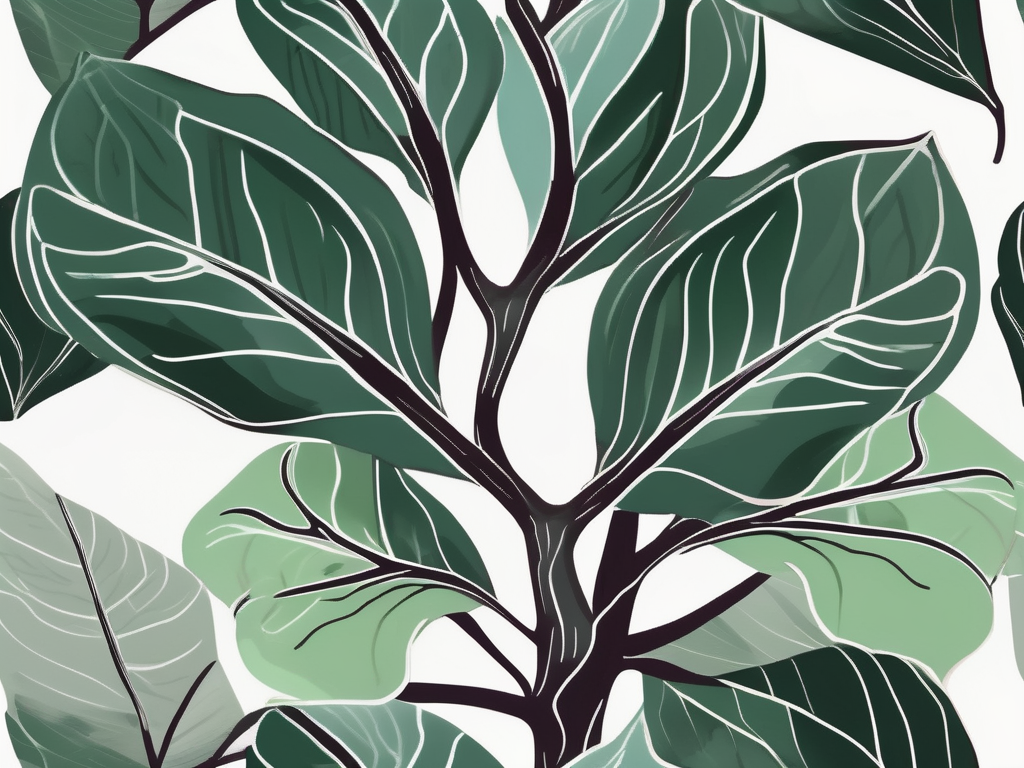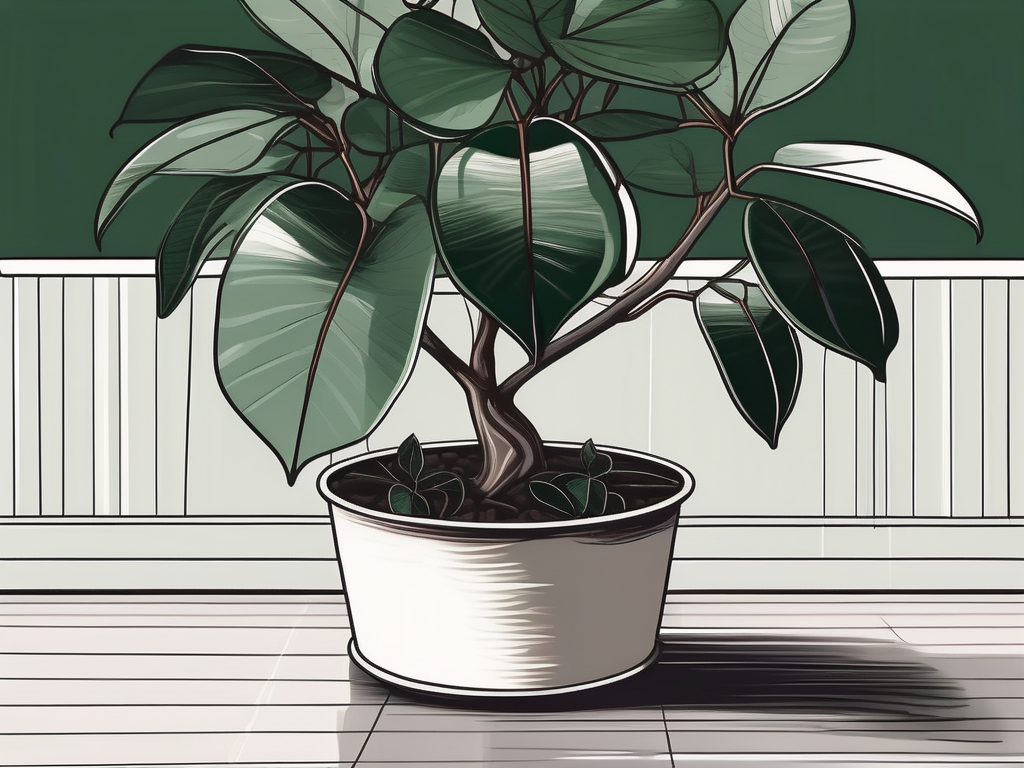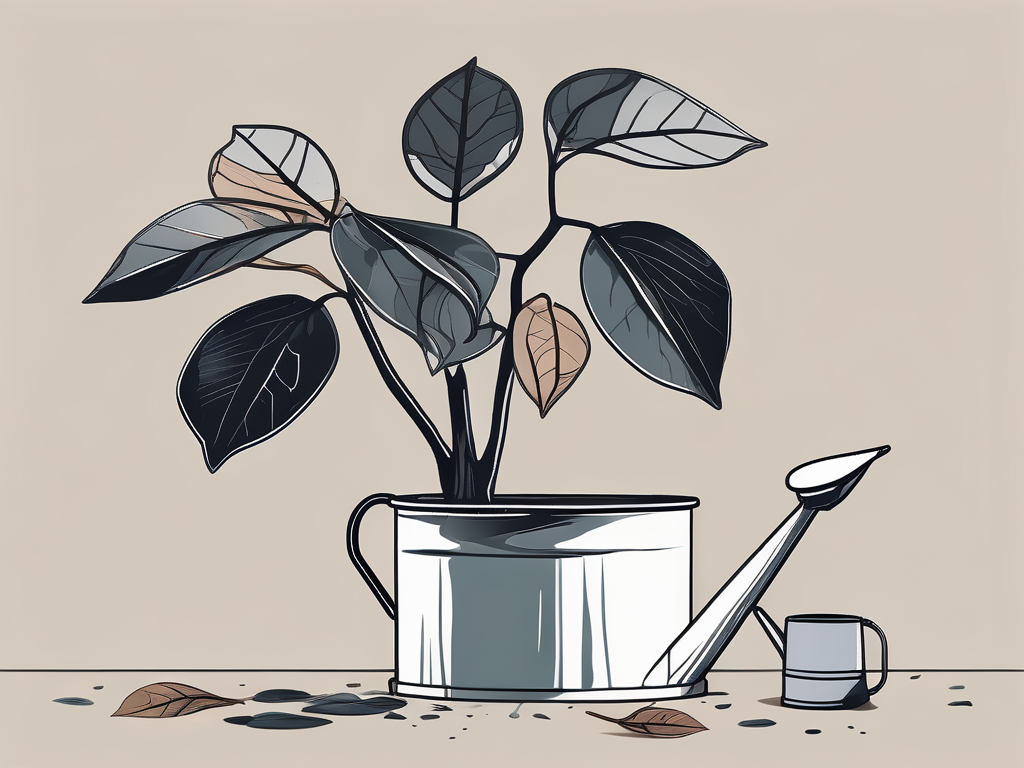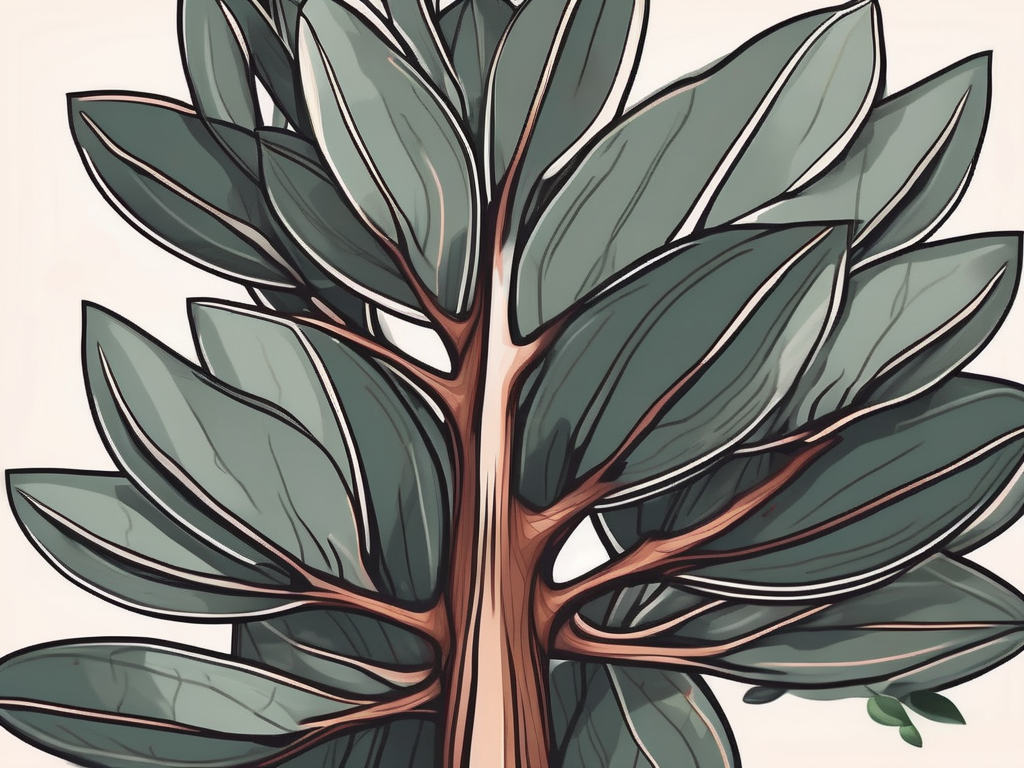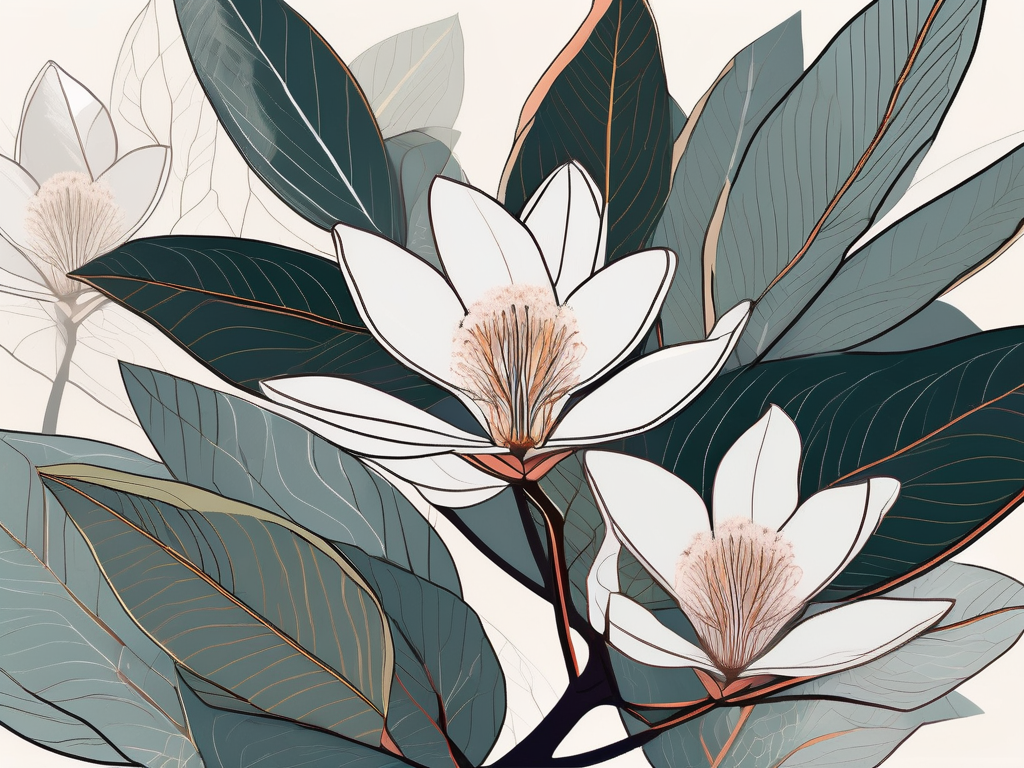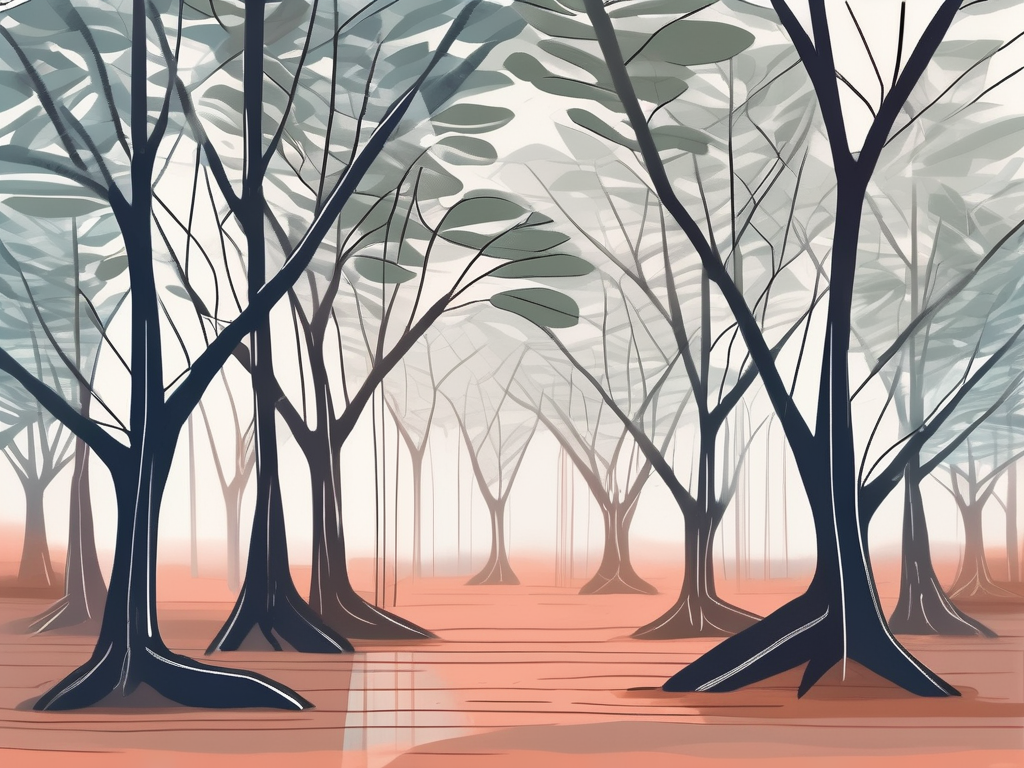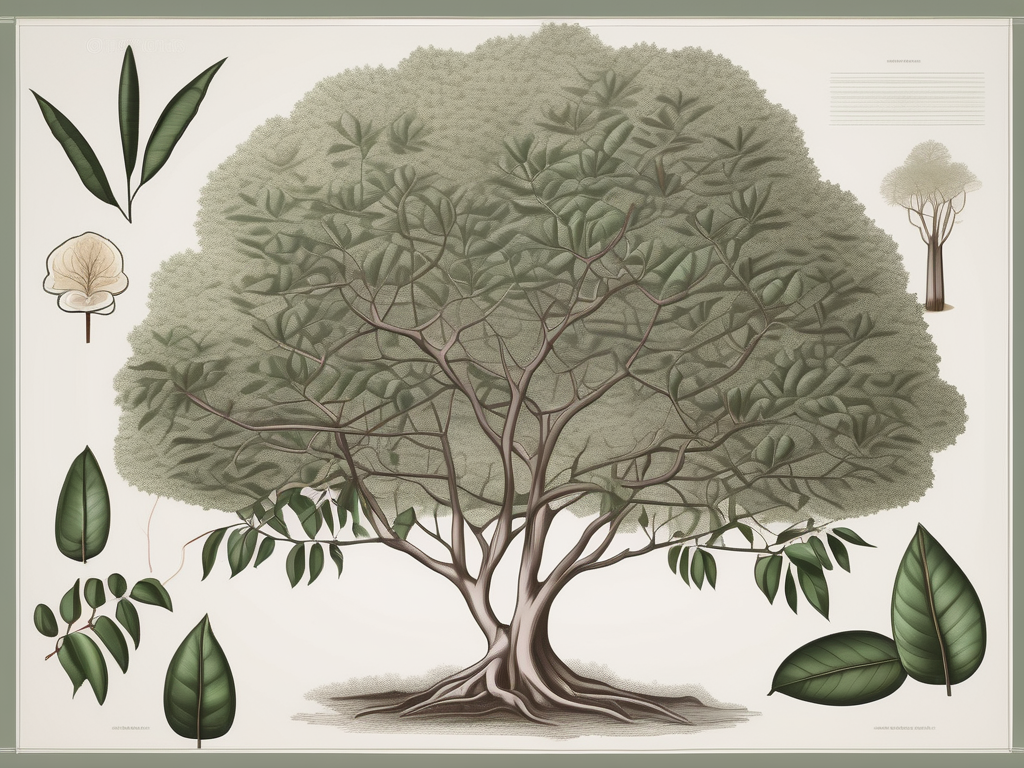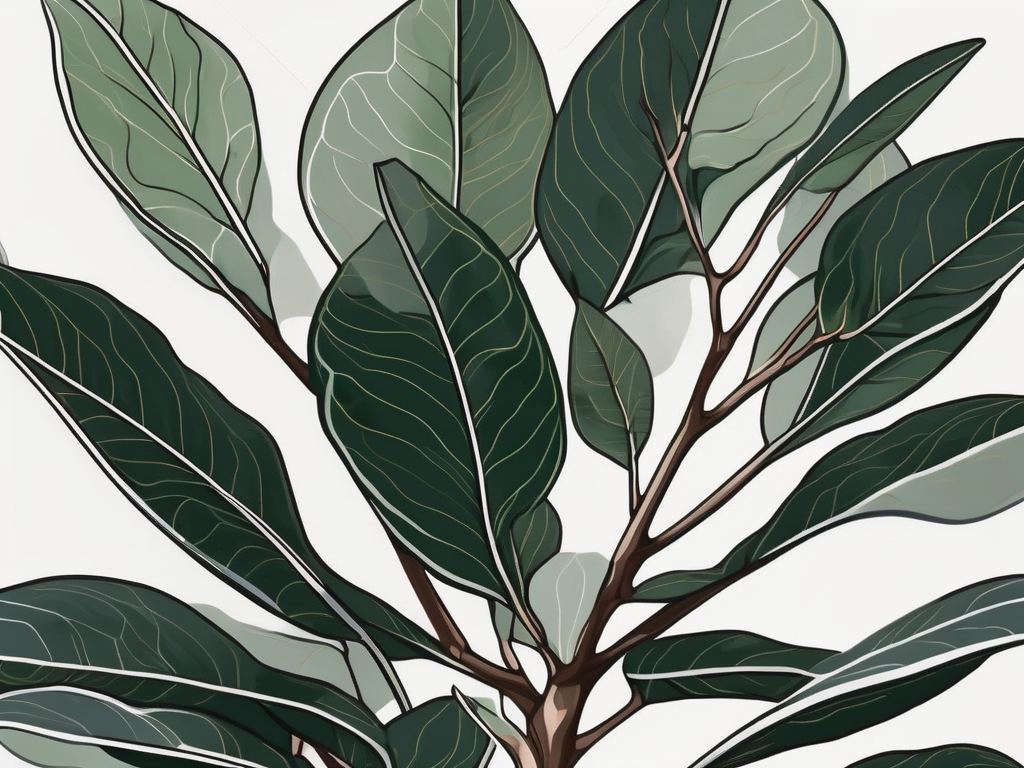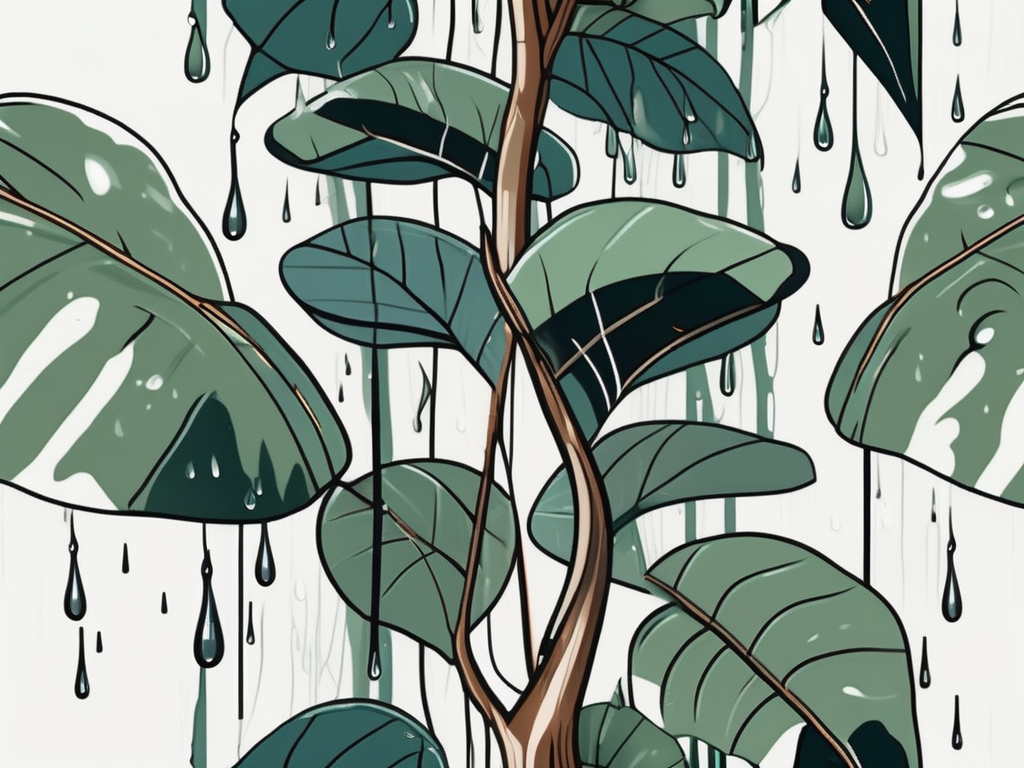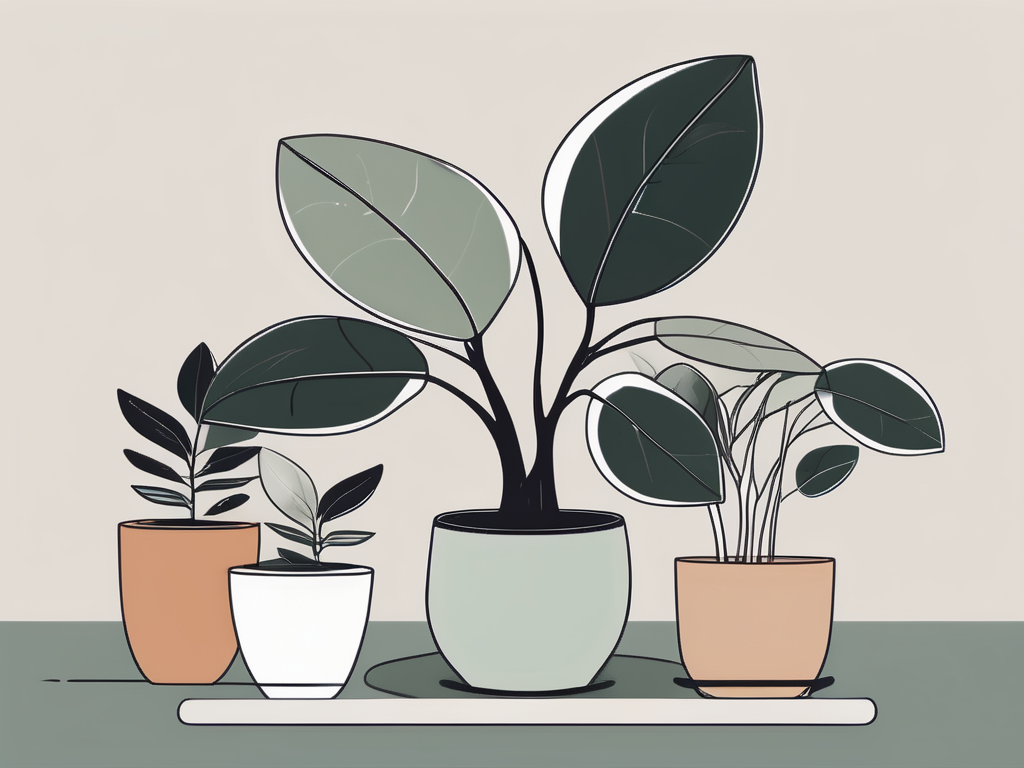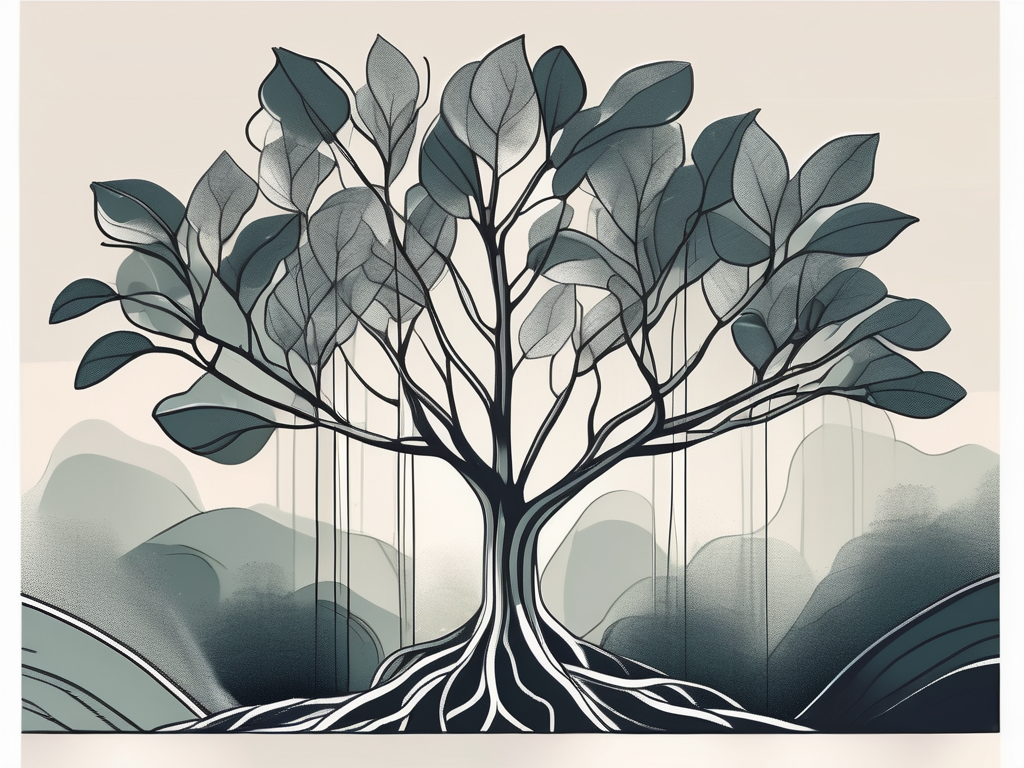
Rubber trees, with their shiny, broad leaves and impressive stature, have become a favorite among plant people and interior design enthusiasts alike. But while they might seem low-maintenance at first glance, these plants have specific needs that can make or break their growth. One of the factors that often flies under the radar is humidity—a critical element for the well-being of your rubber tree.
This article will explore how humidity affects rubber tree growth, providing you with practical tips and insights to help your plant thrive. We’ll cover everything from understanding what humidity levels rubber trees prefer, to how you can create the ideal environment in your home. Let's get started!
Understanding Humidity and Its Role in Plant Growth
Before we jump into the specifics of rubber trees, it’s helpful to understand what humidity is and why it matters for all plants. Humidity refers to the amount of moisture present in the air. For plants, humidity is crucial because it affects their ability to transpire, or release water vapor through their leaves.
Transpiration is essential for nutrient uptake and overall plant health. When the air is too dry, plants can’t transpire effectively, leading to wilting or leaf drop. On the flip side, too much humidity can create a breeding ground for pests and diseases. Finding a balance is key, especially for tropical plants like rubber trees.
Ideal Humidity Levels for Rubber Trees
Rubber trees (Ficus elastica) are native to Southeast Asia, where the climate is warm and humid. This means they’re naturally adapted to environments with higher humidity levels, typically ranging between 40% to 60%. While they can tolerate lower humidity to some extent, prolonged dry conditions can cause the leaves to lose their vibrant sheen and become more prone to damage.
So, how do you know if the humidity in your home is enough? A simple hygrometer can measure the humidity levels in your space. If you notice your rubber tree's leaves turning brown at the edges or dropping, it might be a sign that the air is too dry. Conversely, if you see mold or mildew, the humidity might be too high.
Signs Your Rubber Tree Needs More Humidity
Recognizing when your rubber tree is craving more moisture in the air is pivotal for its care. Here are some common signs that your rubber tree might need a boost in humidity:
- Brown Leaf Tips: One of the first signs of low humidity is browning at the tips and edges of the leaves.
- Leaf Drop: While some leaf drop is normal, excessive shedding can indicate insufficient humidity.
- Wilting: If your plant appears limp or drooping despite adequate watering, low humidity could be the culprit.
While these signs might be worrisome, they’re also manageable. Once you identify the issue, you can take steps to increase the humidity around your rubber tree.
How to Increase Humidity for Your Rubber Tree
Boosting humidity around your rubber tree doesn't require a complete home renovation. Here are some simple strategies to create a more humid environment:
- Mist the Leaves: Regularly mist your rubber tree's leaves with water to provide a temporary humidity boost. Just be careful not to overdo it, as too much water sitting on the leaves can lead to mold.
- Use a Humidifier: Investing in a humidifier is one of the most effective ways to maintain consistent humidity levels. Place it near your rubber tree and set it to maintain the ideal range of 40% to 60%.
- Group Plants Together: Plants naturally release moisture into the air through transpiration. By grouping your rubber tree with other plants, you can create a microclimate with higher humidity.
- Water Tray: Place a shallow tray filled with water and pebbles under the plant. As the water evaporates, it increases the humidity around your rubber tree.
Experiment with these methods to find what works best for your space and lifestyle. Remember, consistency is key, so try to maintain stable humidity levels rather than fluctuating between extremes.
Balancing Humidity with Other Care Needs
While humidity plays a significant role in the health of your rubber tree, it’s not the only factor to consider. Here’s how to balance humidity with other crucial care aspects:
Watering
Make sure your rubber tree is getting the right amount of water. The soil should be kept slightly moist, but not soggy. Overwatering can lead to root rot, especially in humid conditions. Always check the top inch of soil to ensure it’s dry before watering again.
Light
Rubber trees prefer bright, indirect light. Too much direct sunlight can scorch the leaves, while too little light can result in leggy growth. If you’re adjusting humidity levels, also consider whether your plant’s lighting situation needs tweaking.
Soil
Use a well-draining potting mix to prevent water from pooling at the roots. A mix designed for tropical plants often works well, allowing for moisture retention without becoming waterlogged.
Dealing with Pests and Fungal Issues
High humidity can sometimes invite unwanted guests like pests and fungi. Here’s how to manage these issues:
- Pests: Spider mites and mealybugs are common in dry conditions, but high humidity can also attract them if the plant is stressed. Regularly check your rubber tree for signs of pests and treat infestations promptly with insecticidal soap or neem oil.
- Fungal Issues: Fungal infections often appear as white or gray patches on leaves. Improve air circulation around your plant and ensure leaves dry quickly after misting to prevent these problems.
Maintaining the right balance of humidity, light, and water can help prevent these issues from becoming serious threats to your rubber tree.
Creating a Beautiful, Humid Environment Indoors
Aside from the technical benefits, increasing humidity can also contribute to a more pleasant indoor atmosphere. Here’s how you can incorporate humidity-boosting techniques into your home’s decor:
- Decorative Humidifiers: Choose a stylish humidifier that complements your room’s design. They come in various sizes and styles, from sleek modern units to charming vintage-inspired pieces.
- Plant Groupings: Arrange your plants in a way that creates a lush, jungle-like feel. Use plant stands or tiered shelves to add height and dimension.
- Water Features: Consider adding a small indoor fountain or water bowl. The gentle sound of running water can be soothing, and it helps to naturally humidify the surrounding air.
By blending functionality with aesthetics, you can create a space that’s not only ideal for your rubber tree but also a joy to live in.
Monitoring and Adjusting Humidity Levels
Once you’ve set up your humidity-boosting strategies, regular monitoring is important to ensure they’re working effectively. Here’s how to keep tabs on your indoor humidity:
- Use a Hygrometer: This handy device will give you accurate readings of your home’s humidity levels. Place it near your rubber tree to get the most relevant data.
- Adjust as Needed: If you notice your humidity levels dropping, consider running the humidifier more frequently or adding additional water trays around your plants.
- Seasonal Changes: Be aware that humidity levels can fluctuate with the seasons. In winter, indoor heating can dry out the air, while summer might naturally increase humidity. Adjust your strategies accordingly.
Staying proactive with your humidity monitoring can help you catch potential issues early and maintain a stable environment for your rubber tree.
Common Mistakes and How to Avoid Them
Even the most seasoned plant parents can make mistakes. Here are some common pitfalls when it comes to managing humidity and how to avoid them:
- Over-Misting: While misting can be beneficial, doing it too often can lead to waterlogged leaves and fungal growth. Stick to a regular schedule and ensure leaves have time to dry.
- Neglecting Air Circulation: Good air flow is crucial in preventing mold and pests. Avoid crowding your rubber tree in a corner without sufficient air movement.
- Ignoring Seasonal Changes: As mentioned, humidity levels change with the seasons. Adjust your care routine to accommodate these natural shifts in your environment.
By staying mindful of these potential missteps, you’ll be better equipped to provide the ideal conditions for your rubber tree’s growth.
Final Thoughts
Understanding and managing humidity levels can make a significant difference in the health and growth of your rubber tree. With the right balance, your plant can thrive, adding beauty and life to your home.
At Cafe Planta, we’re here to support you on your plant journey. Whether you're a seasoned plant parent or just starting out, we offer a wide variety of houseplants, care accessories, and plant-themed apparel to help you create a thriving indoor garden. If you have questions or need advice, feel free to email us or send a message on our Instagram. Let's grow together!













